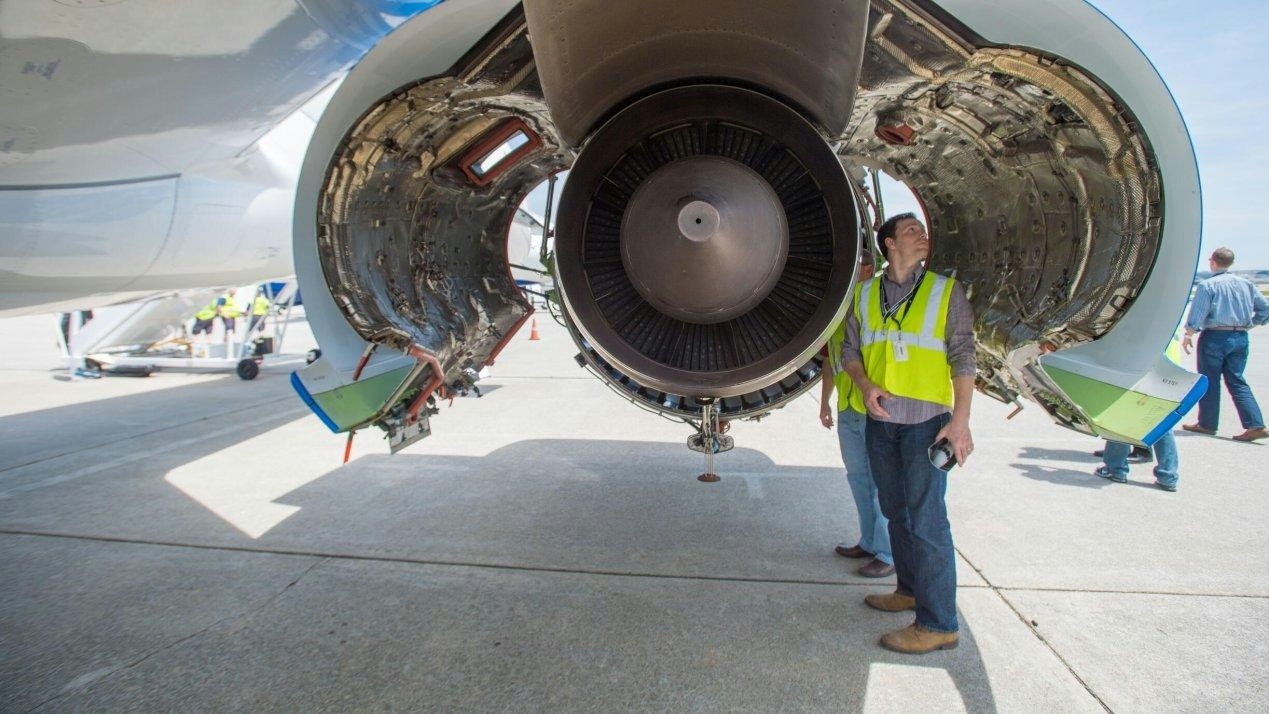
AeroGenie — ваш интеллектуальный второй пилот.
В тренде
Categories
AFI KLM E&M Wins Maintenance Contract with CMA CGM Air Cargo
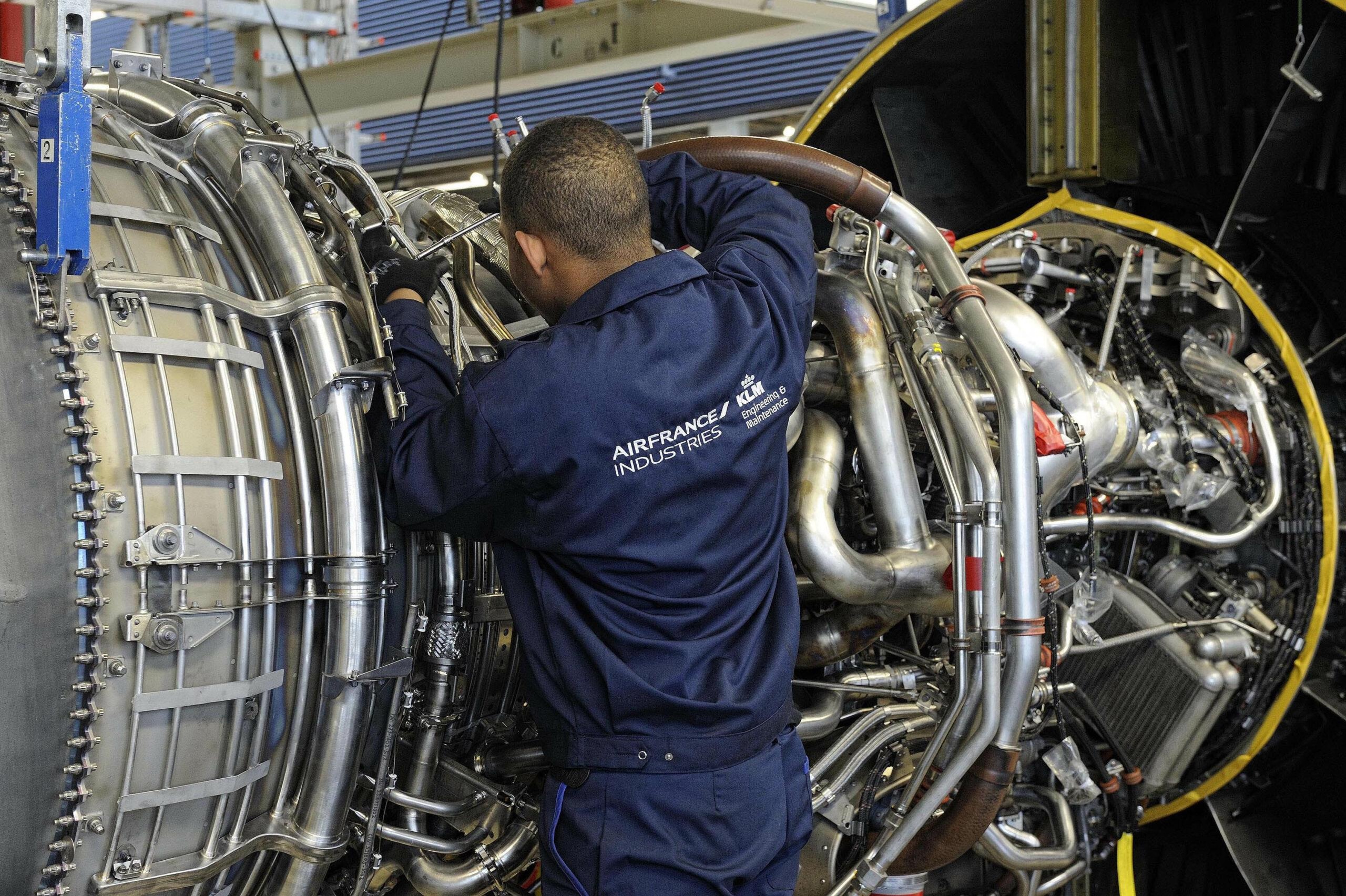
AFI KLM E&M Strengthens Maintenance Partnership with CMA CGM Air Cargo
Air France Industries KLM Engineering & Maintenance (AFI KLM E&M) has announced an expansion of its maintenance contract with CMA CGM Air Cargo, reinforcing a collaboration that began in 2022. The renewed agreement extends comprehensive support for GE90 engines, which are integral to CMA CGM Air Cargo’s expanding fleet.
Expanded Scope and Extended Term
The original contract, which covered maintenance for four GE90 engines through 2030, has been broadened to include six additional engines, increasing the total to ten. The duration of the agreement has also been extended to 2033, ensuring a long-term partnership that supports operational continuity. Beyond engine maintenance, AFI KLM E&M will continue to provide extensive component support aimed at enhancing the reliability and performance of CMA CGM Air Cargo’s operations.
This extension reflects CMA CGM Air Cargo’s confidence in AFI KLM E&M’s technical expertise and service quality. Pierre Teboul, Senior Vice President Commercial at AFI KLM E&M, remarked, “We are truly honored by CMA CGM Air Cargo’s decision to extend their trust in us. This expansion is a strong endorsement of our technical proficiency and our commitment to excellence in GE90 engine maintenance. We remain dedicated to meeting the high standards and specific requirements of our clients in the cargo sector.”
Strategic Implications and Industry Context
The expanded contract arrives amid ambitious growth plans for both companies within the air cargo market. AFI KLM E&M’s tailored maintenance solutions and advanced technological capabilities are designed to support CMA CGM Air Cargo’s operational efficiency and long-term business objectives. This partnership aims to bolster CMA CGM Air Cargo’s market position while setting new benchmarks for reliability and performance in the sector.
However, the increased scope of engine maintenance presents new challenges. AFI KLM E&M must uphold stringent reliability standards and manage costs effectively to meet CMA CGM Air Cargo’s expectations. The competitive landscape is likely to intensify, with rival maintenance providers expected to enhance their offerings in response to this strengthened alliance.
Market analysts view the agreement as a testament to the strong trust and strategic alignment between AFI KLM E&M and CMA CGM Air Cargo. The collaboration underscores AFI KLM E&M’s pivotal role in the aviation maintenance industry and its capacity to adapt to evolving client needs. Both companies have also emphasized their commitment to sustainability and innovation, aiming to drive excellence in global cargo transport.
As the partnership progresses, industry observers will closely monitor how AFI KLM E&M manages the operational and financial demands of the expanded contract, as well as how competitors respond in this dynamic and evolving market.

Delta Air Lines Adopts Touchless ID and Biometric Technology Following Other Major US Airlines
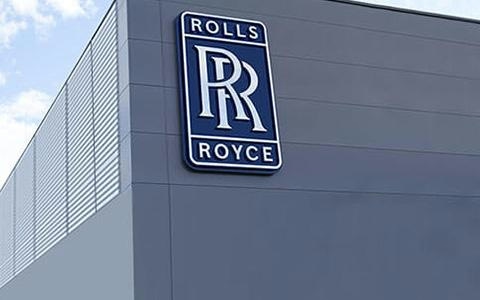
Air Europa Plans A350 Fleet Expansion Powered by Rolls-Royce Engines
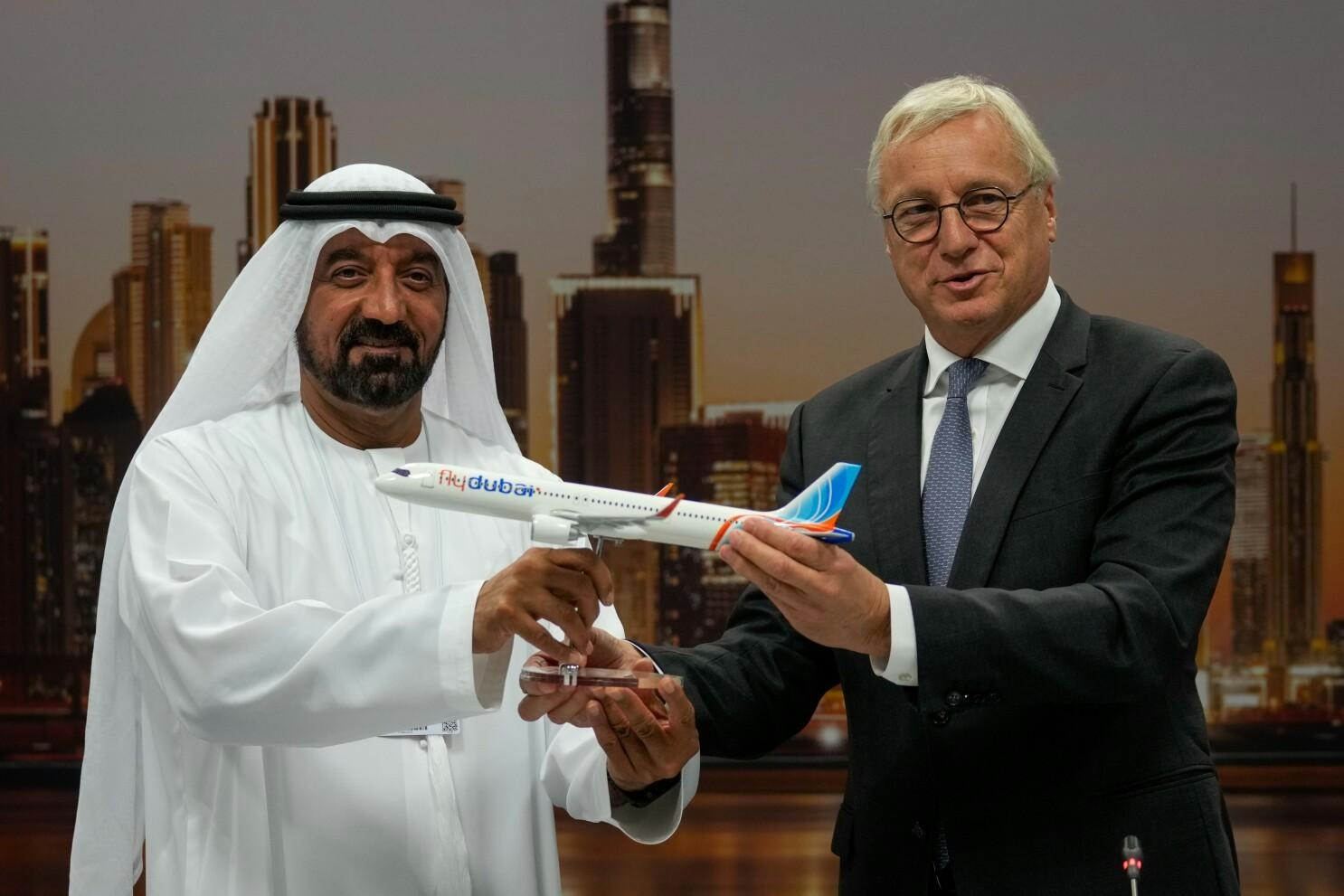
Flydubai CEO Cites Range and Size in Airbus Jet Order
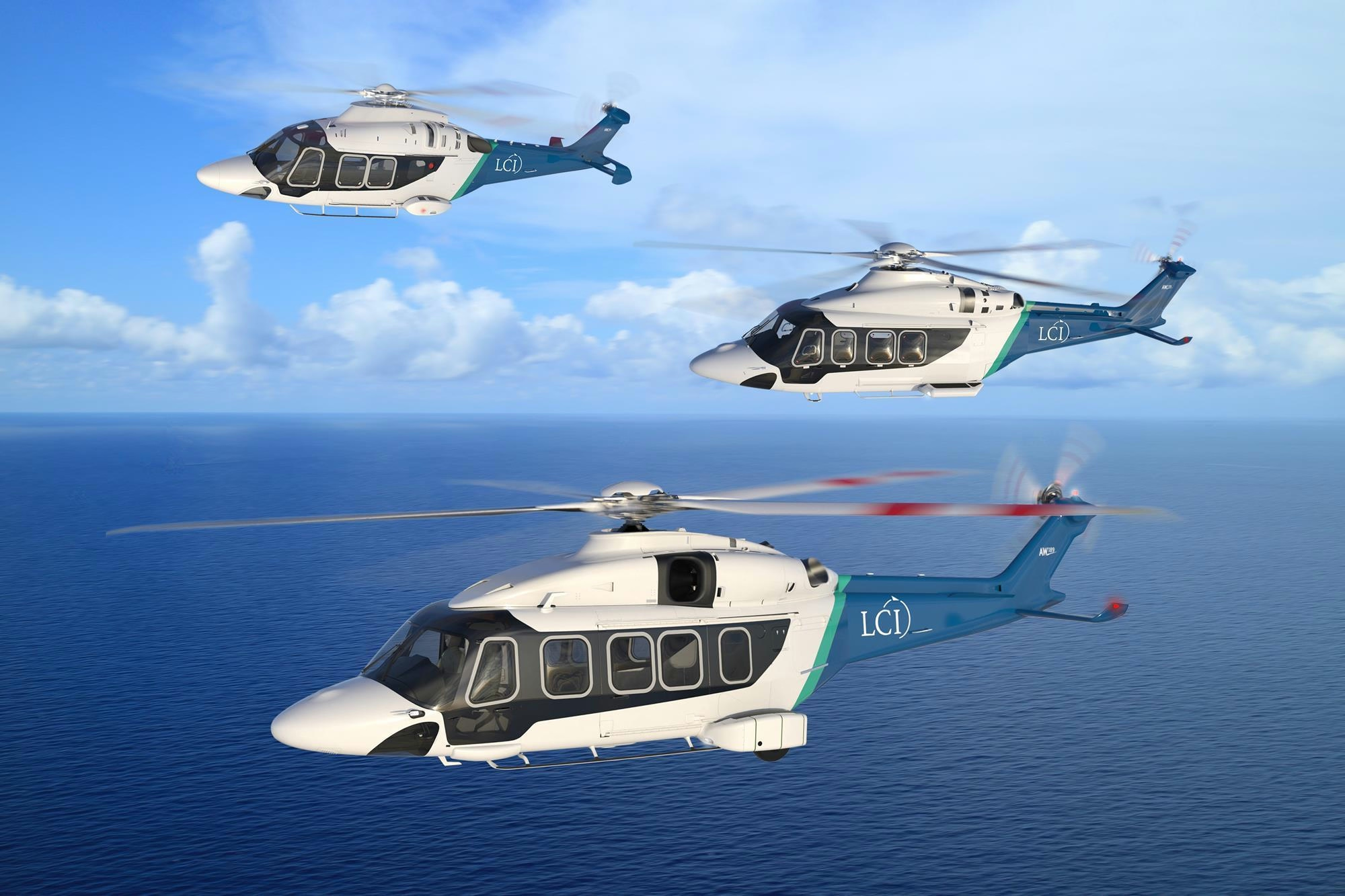
Helicopter Alliance Signs Deal for 12 Aircraft with New Leasing Company
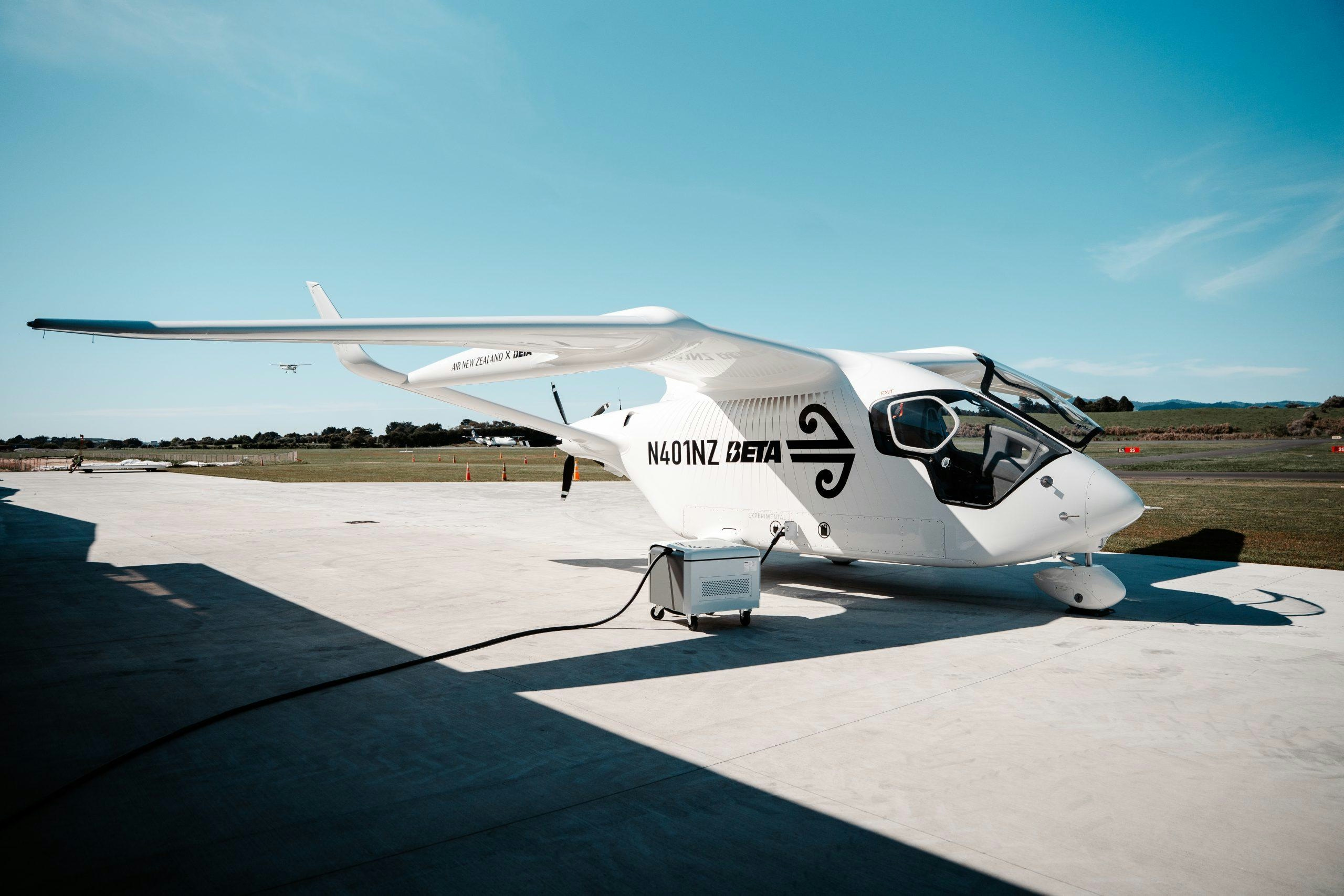
Abu Dhabi Airports Chooses BETA Technologies for Emirate’s First Air Mobility Network
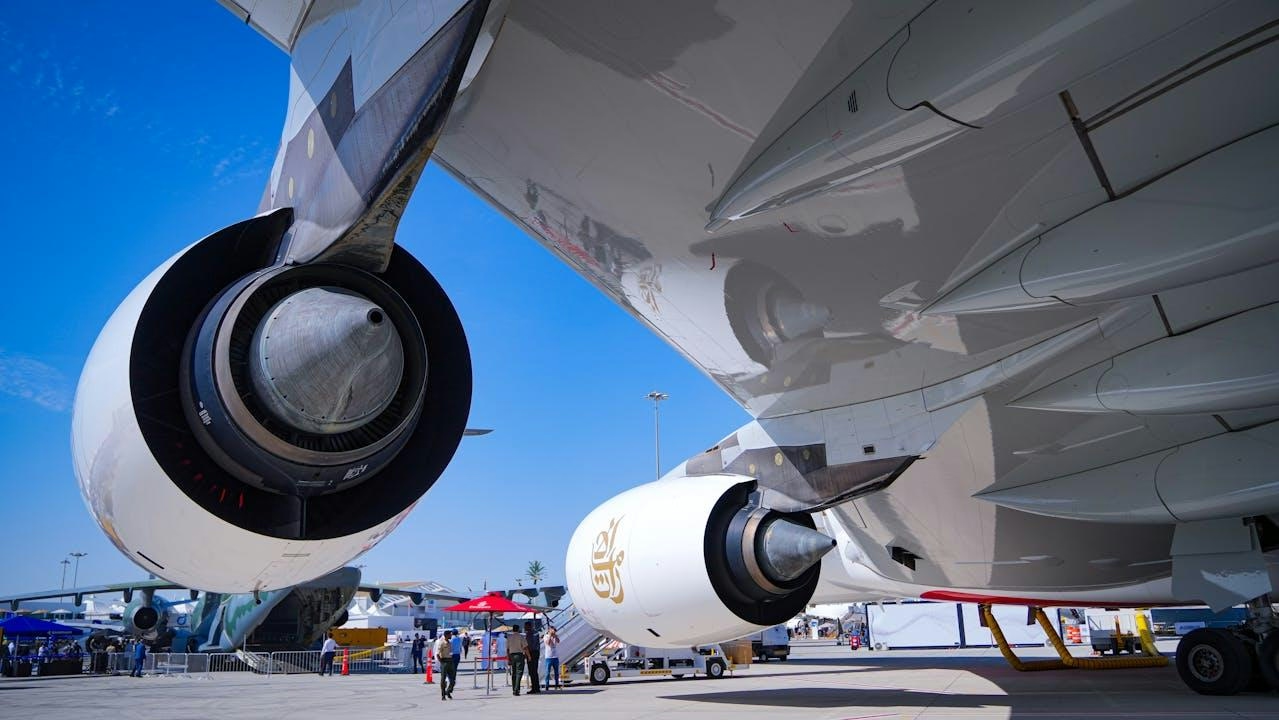
GE Tops Engine Orders at Dubai Airshow 2025
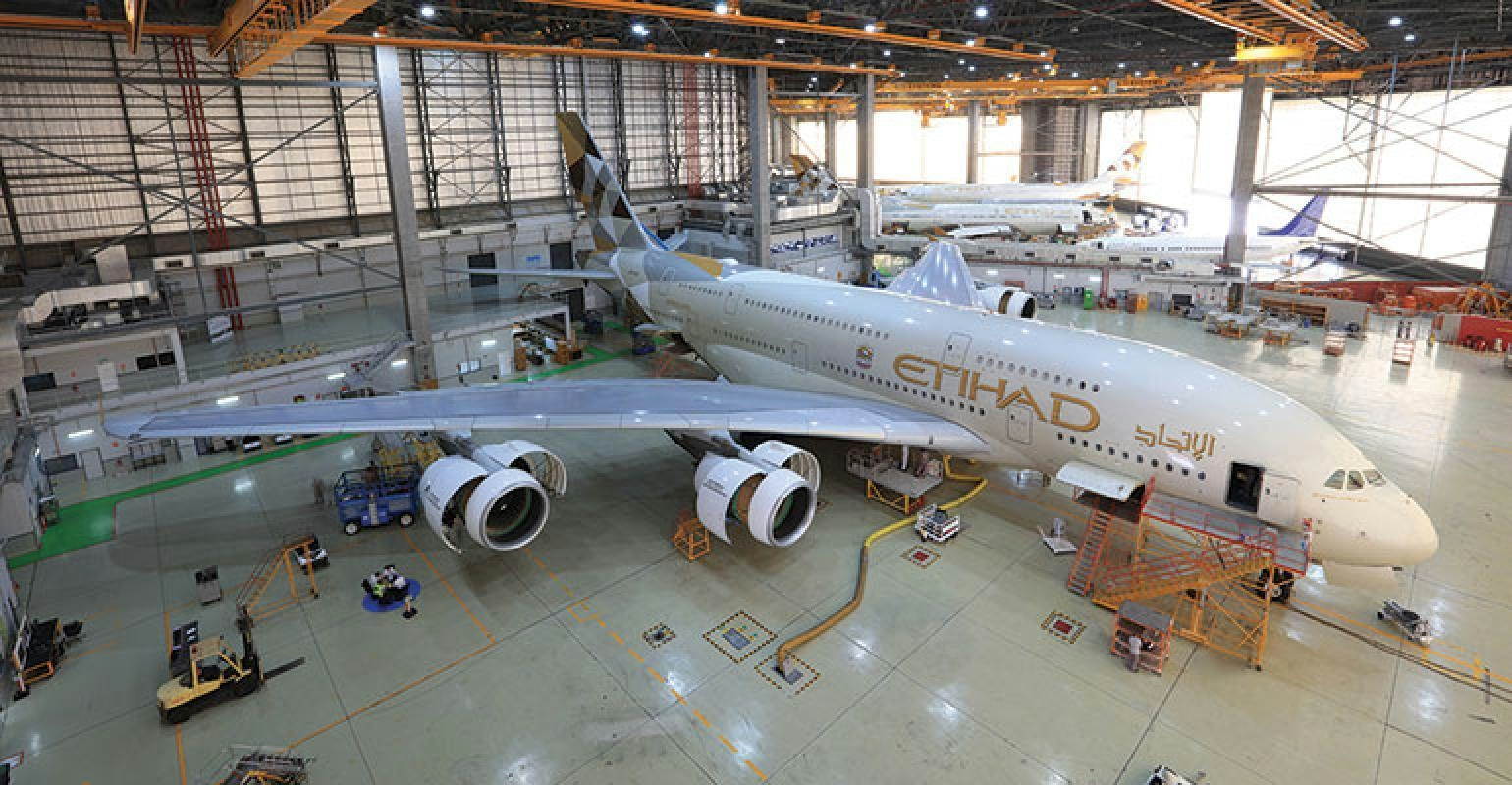
Etihad Airways’ Airbus Widebody Expansion Supports UK Manufacturing

Boeing’s Progress on 777X Production
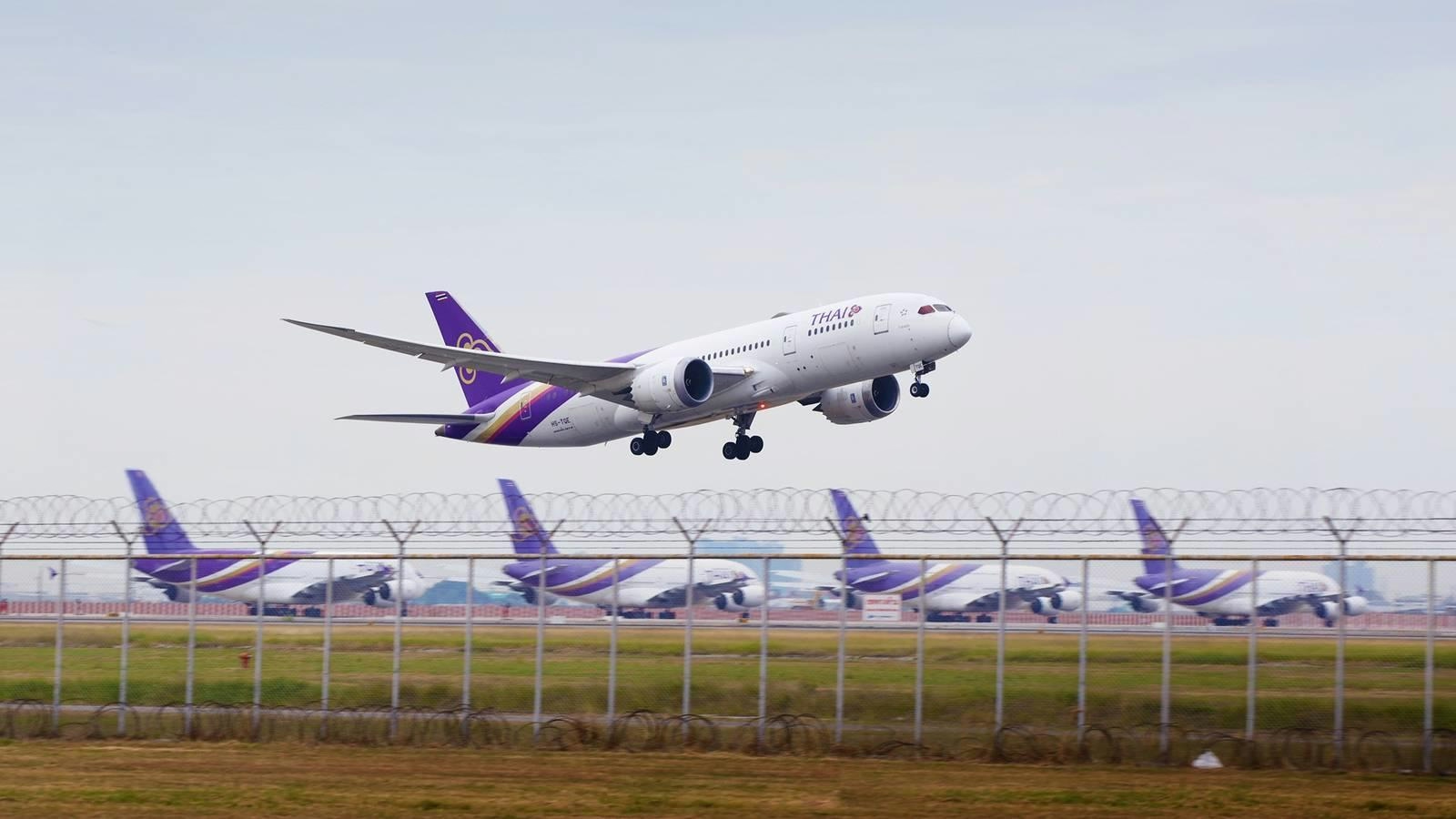
Thai Airways seeks more widebodies to develop its hub strategy
